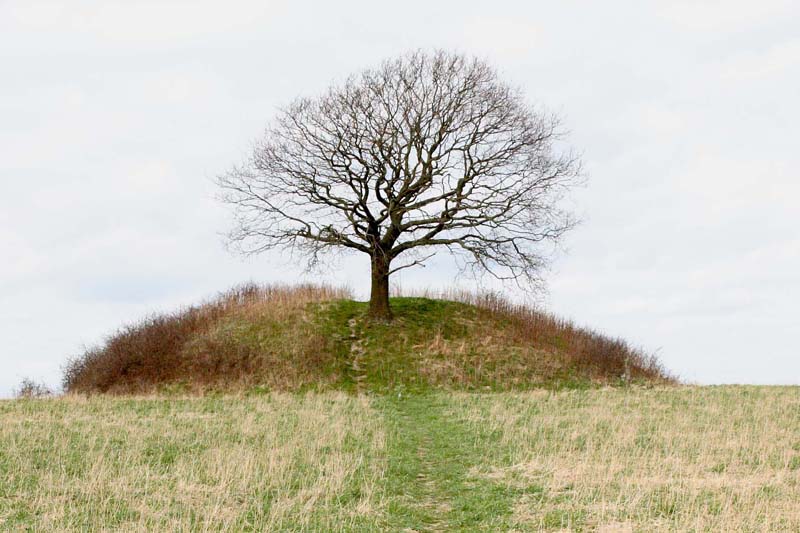The blog to end all blogs. Reviews and comments about all and everything. This blog is NOT affiliated with YouTube, Wikipedia, Microsoft Bing, Gemini, ChatGPT or any commercial vendor! Links don´t imply endorsement. Many posts and comments are ironic. The blogger is not responsible for comments made by others. The languages used are English and Swedish. Content warning: Essentially everything.
Sunday, July 29, 2018
Axis mundi
Mircea Eliade's "The Sacred and the Profane" is a classic within the academic field known as comparative religion. First published in 1957, the book attempts to give a general overview of the religious or spiritual worldview and then contrasts it with the secular ditto. The author also deals with the differences between Christianity and the "pagan" religions (but also sees some similarities).
Most of the book is an analysis of various recurring motifs in the "pagan" religious traditions, including myths, symbols and rituals. However, "The Sacred and the Profane" isn't really an anthropological survey, but rather a philosophical reflection on the nature of religion per se. It could be a hard read, unless you are a philosophically-minded practitioner of some religious or spiritual tradition. Eliade's book attempts to analyze religion as an independent phenomenon, without reducing it to sociology or psychology. It often feels suspended in another dimension. A more spiritual dimension, perhaps?
It's obvious that Eliade somehow believes in the reality of the phenomenon he is describing. He traces the origins of religion to an objective revelation of the sacred, an irruption of the supernatural into "our" material world, an irruption he calls a hierophany. Indeed, only the hierophany makes sense of the world, which would be a formless mess or void without it. Religion is therefore the centre of man's existence. The book criticizes the modern world for its desacralization and secularization, while pointing out that even modern man often acts in ways that are religious or crypto-religious. Eliade also takes a cue from Jung and his theory of archetypes, claiming that humans are innately religious and that religious symbols are deeply ingrained in our subconscious.
This way of analyzing religion is largely out of fashion today, and Eliade's books are often criticized by more modern (or post-modern?) scholars. They like to accuse him of exaggerating the similarities between various religious traditions, and the standard approach today is to look at religion mostly as a social or psychological phenomenon. The fact that Eliade in some sense considered the sacred to be real, is sometimes held against him. Of course, Jung is also controversial. Eliade's political views have come in for closer scrutiny, as well. Before becoming a renown scholar, Eliade was a supporter of the Iron Guard in Romania. In plain English, Eliade was a fascist. He was also inspired by the Traditionalists around René Guénon and, perhaps more disturbingly, Julius Evola.
Despite this, I nevertheless believe that "The Sacred and the Profane" will remain a classic. Many of Eliade's observations concerning myths and rituals are obviously useful to anthropologists, and all his generalizations aren't wrong. Who can deny that the axis mundi, deus otiosus or Mother Earth are universal or near-universal symbols? Besides, Eliade is sophisticated enough to point out that there are crucial differences between religious traditions, for instance early Vedic religion and later Puranic Hinduism, or between the Judeo-Christian religions and the "pagan" traditions. I also suspect that "The Sacred and the Profane" is seen as relevant by the religious devotees themselves. (Just read some of the other reviews.)
While not an easy read, "The Sacred and the Profane" nevertheless gives an interesting look into the mindset of homo religiosus.
Subscribe to:
Post Comments (Atom)

No comments:
Post a Comment